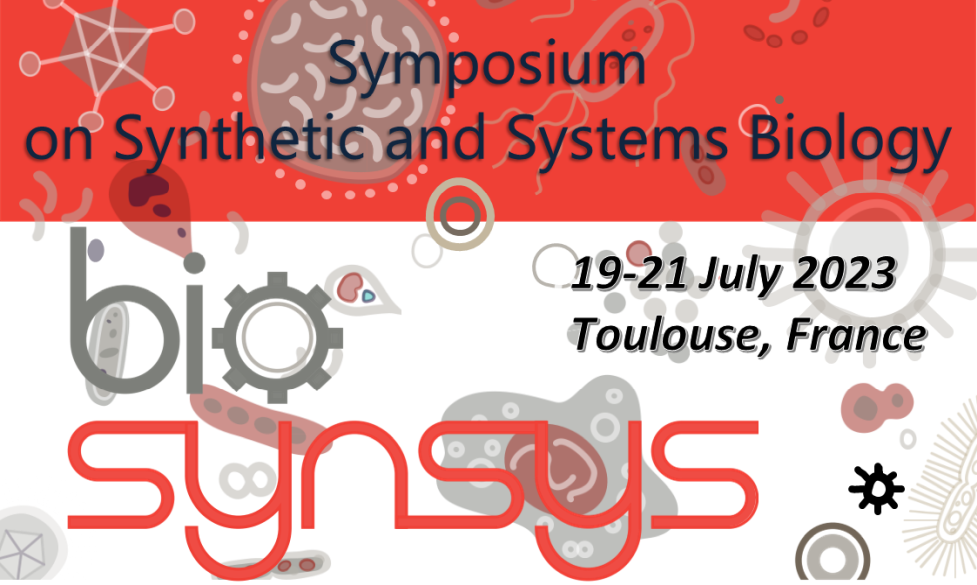Understanding how protein sequence and structure determine function would unlock vast opportunities in
basic and applied research. Our lab is developing strategies that combine phylogenetic analysis and Rosetta
atomistic calculations to design optimized variants of natural proteins. These strategies have been used by
thousands of users worldwide to generate stable therapeutic enzymes, vaccine immunogens, highly active
enzymes, and membrane proteins for a range of needs in basic and applied research. We now present a
machine-learning strategy to design and economically synthesize millions of active-site variants that are
likely to be stable, foldable, and active. We applied this approach to the chromophore-binding pocket of
GFP to generate more than 16,000 active designs that comprise as many as eight mutations in the active
site. The designs exhibit extensive and potentially useful changes in every experimentally measured
parameter, including brightness, stability, and pH sensitivity. We also applied this strategy to design millions
of glycoside hydrolases that exhibit significant backbone changes in the active site. Here too, we isolated
more than 10,000 catalytically active and very diverse designs. Contrasting active and inactive designs
illuminates areas for improving enzyme design methodology. This new approach to high-throughput design
allows the systematic exploration of sequence and structure spaces of enzymes, binders, and other
functional proteins.

|
|
|
|
Computational design of functional protein repertoires
1 : Weizmann Institute of Science
|
 PDF version
PDF version
